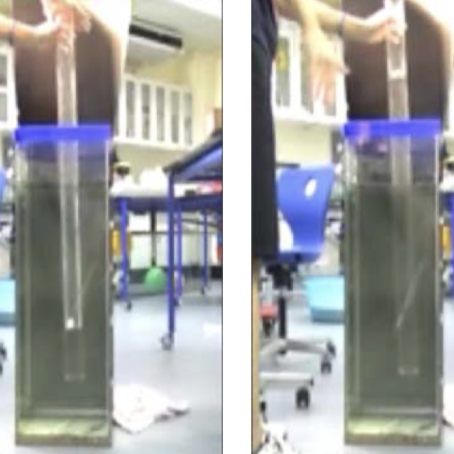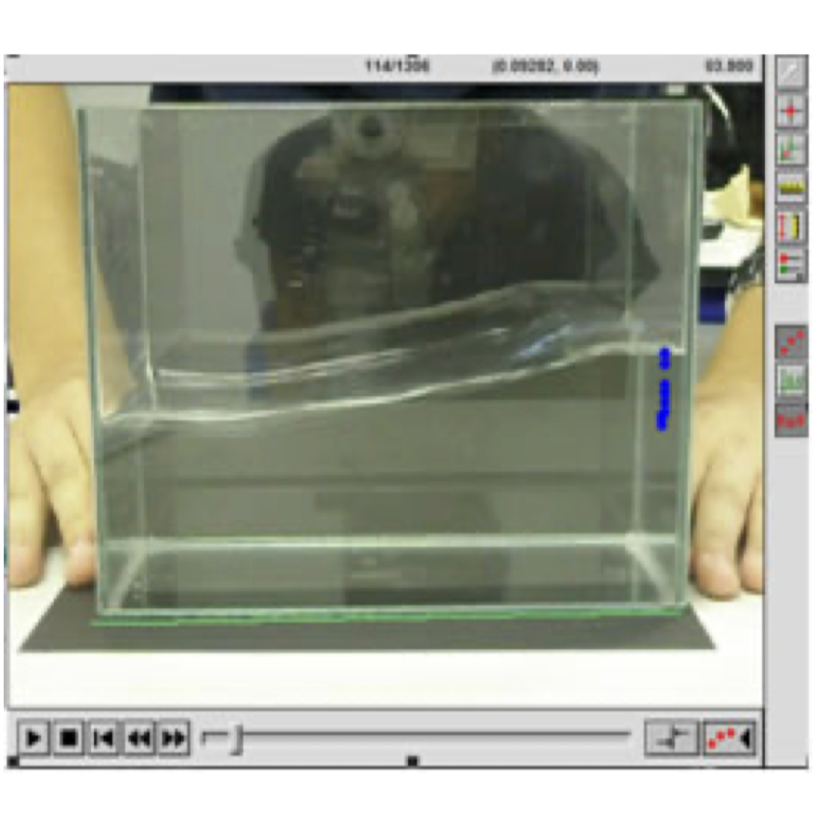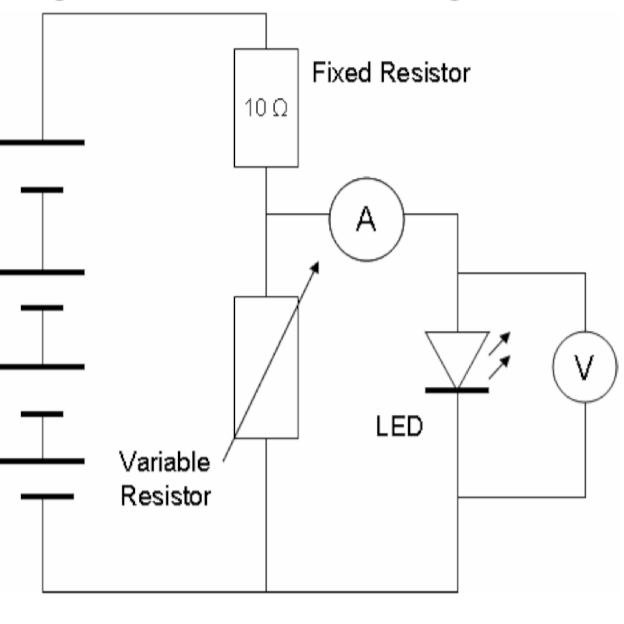ISB Journal of Physics
Volume 2
January - December, 2008
Archived under the ISJOS collection
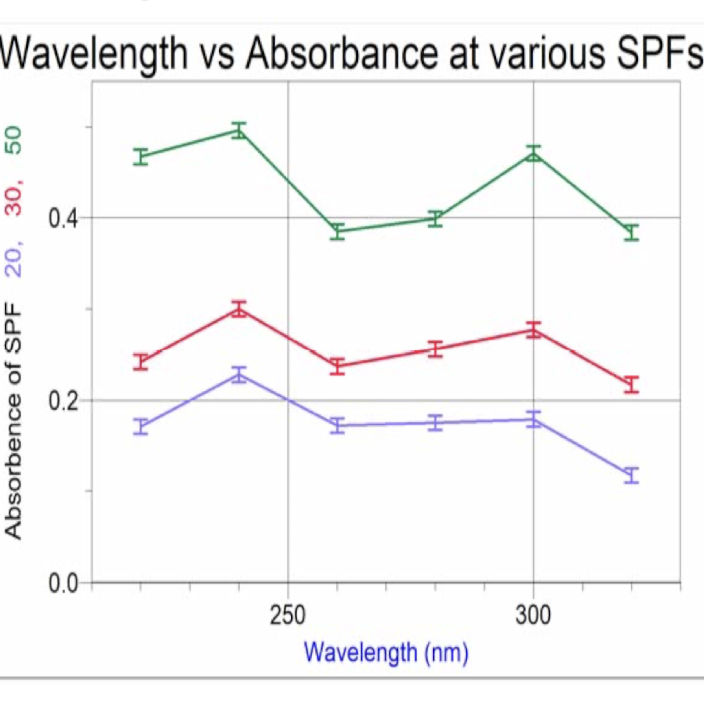
The relationship between a sunscreen’s SPF and its absorbance for UV light of wavelength 240 to 320 was investigated. The investigation was conducted by diluting sunscreens with SPFs of 20, 30 and 50 and placing the solution in a spectrophotometer where the absorbance was measured under UVA, UVB and UVC light. It was shown that the sunscreen was effective over the whole range of wavelengths, with increased effectiveness at wavelengths 240 and 300. The results also show that as the SPF increased, the absorbance increased proportionally.
When an open tube is placed in a tank of water, covered on top, raised, and then uncovered, the water inside the tube will oscillate. The characteristics of the oscillation of the water inside the tube were studied. It was shown that, for large oscillations, the top half-period was longer than the bottom half period due to the increased mass of the water column. For small oscillations, it approached simple harmonic motion, with the square of the period varying with mean length, as predicted by theory. An end correction was also shown to exist, due to the motion of the water outside the bottom of the tube during the oscillation. The end correction was shown to be independent of the mean length of the water column, as predicted.
Seiche waves in a small glass tank partly filled with water were filmed with a digital video camera. The video clips were analyzed with Logger Pro to determine the period of the oscillations at different water depths. The calculated velocity of surface gravity waves in the region of transition between the deep and shallow water approximations was found to agree with theoretical predictions.
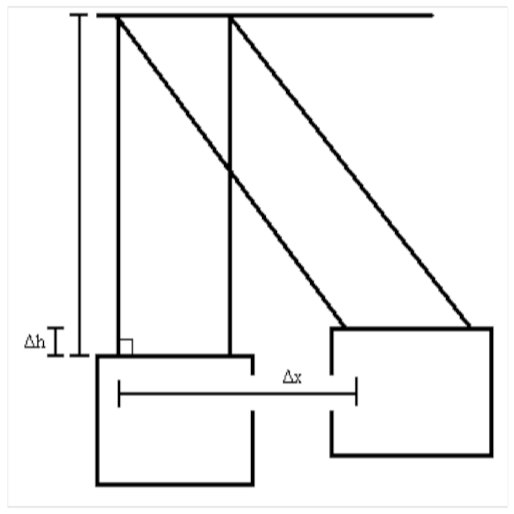
The relationship between the distance a paintball travels through air and its velocity is investigated by firing a paintball into a ballistic pendulum from a range of distances. The motion of the pendulum was filmed and analyzed by using video analysis software. The velocity of the paintball on impact was calculated from the maximum horizontal displacement of the pendulum. It is shown that the velocity of a paintball decreases exponentially with distance traveled, as expected. The average muzzle velocity of the paint balls is found with an estimate of the drag coefficient.
When current passes through a light-emitting diode (LED), the LED emits an incoherent narrow spectrum of light. The relationship between the input power and the light intensity of an LED is studied in this research. Voltage ranging from 2 to 4 Volts was applied to a blue LED. The voltage across the LED, current through the LED and intensity of the light emitted by the LED were measured. For voltages ranging from 2.4 to 3.5 V, light intensity was found to be linearly related to both the current and the voltage. The input power was found to be directly proportional to the square of light intensity. For voltages above 3.5 V, the emission intensity remained constant, independent of the applied voltage.

